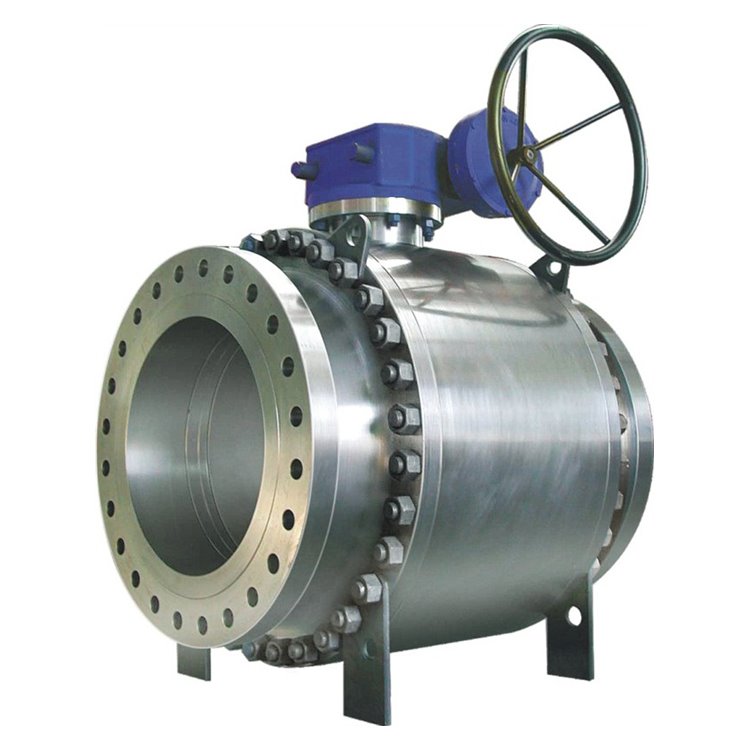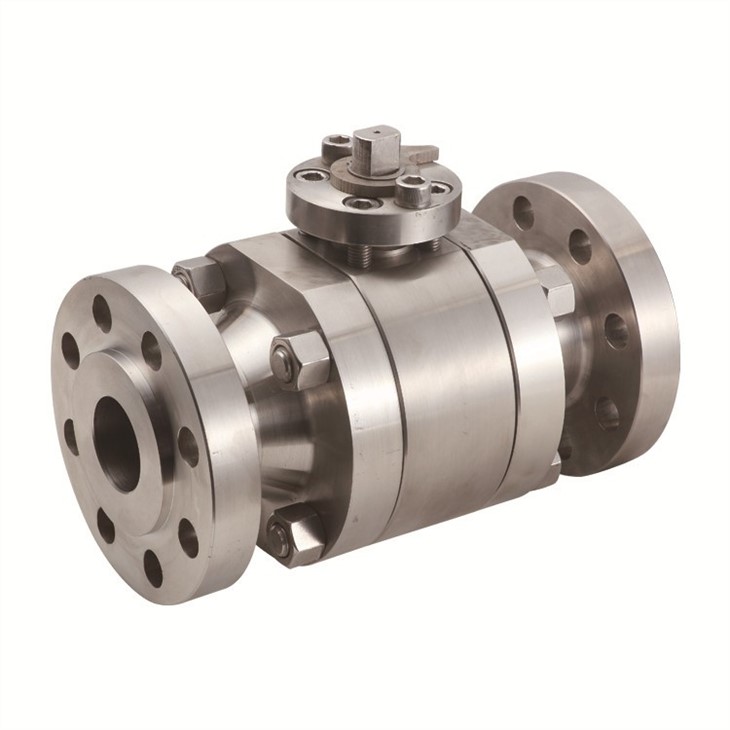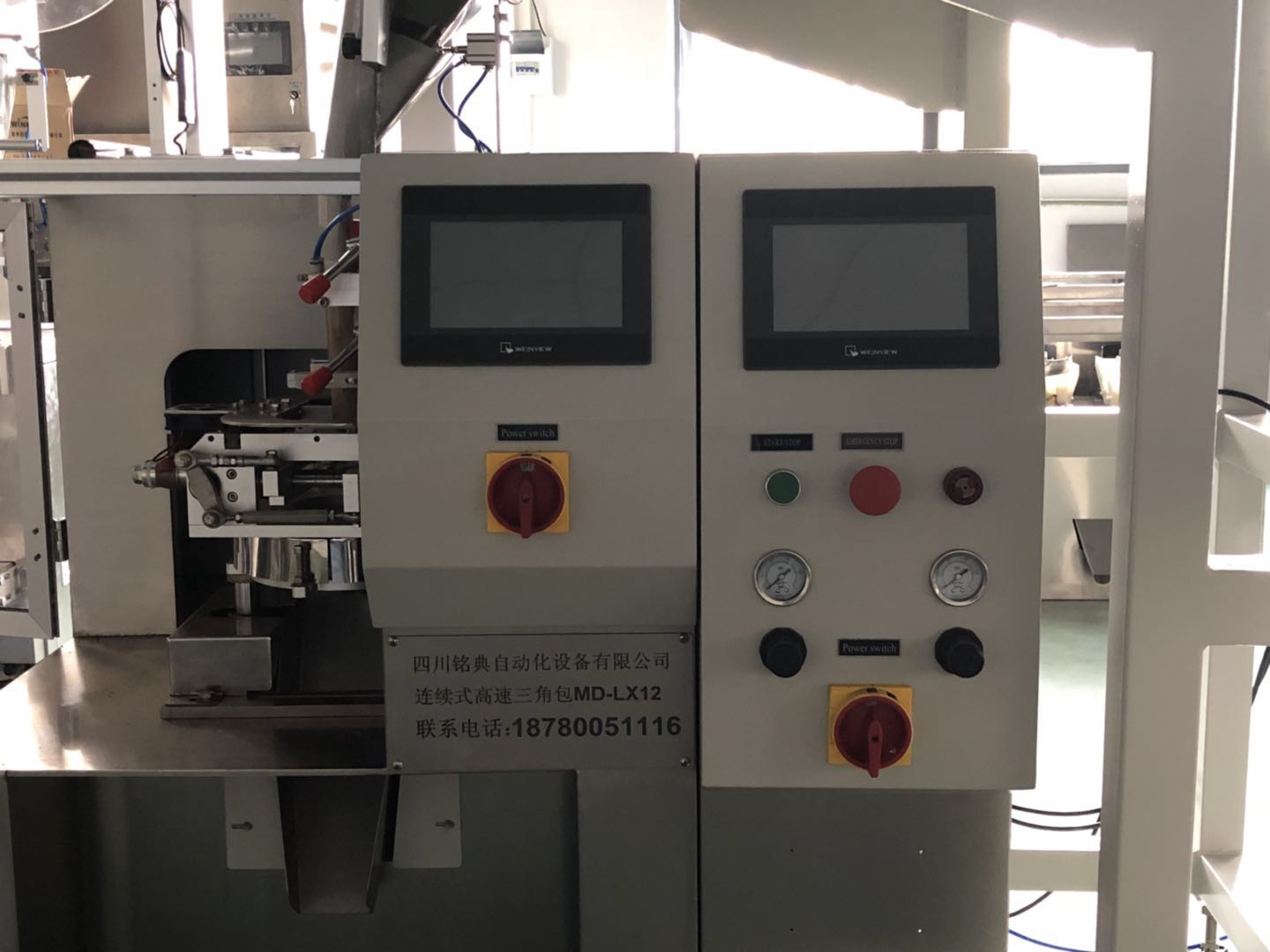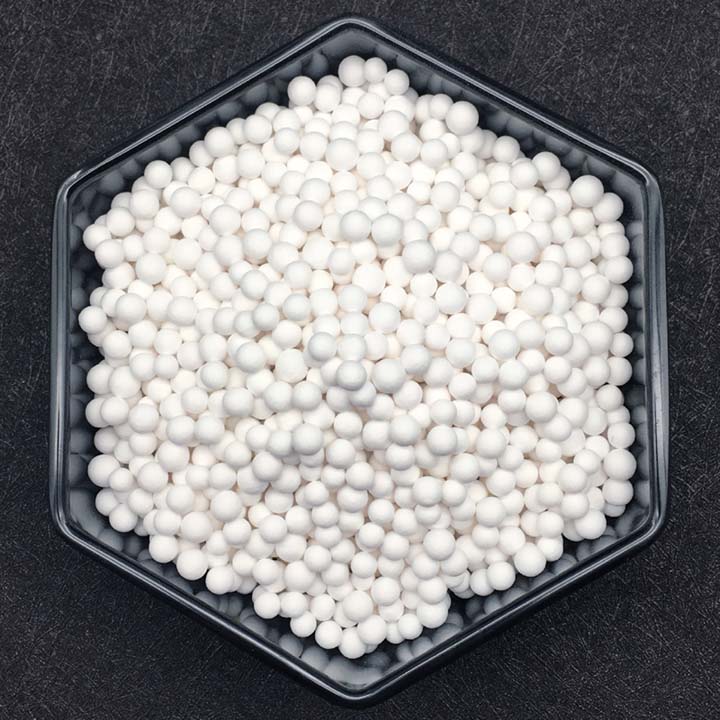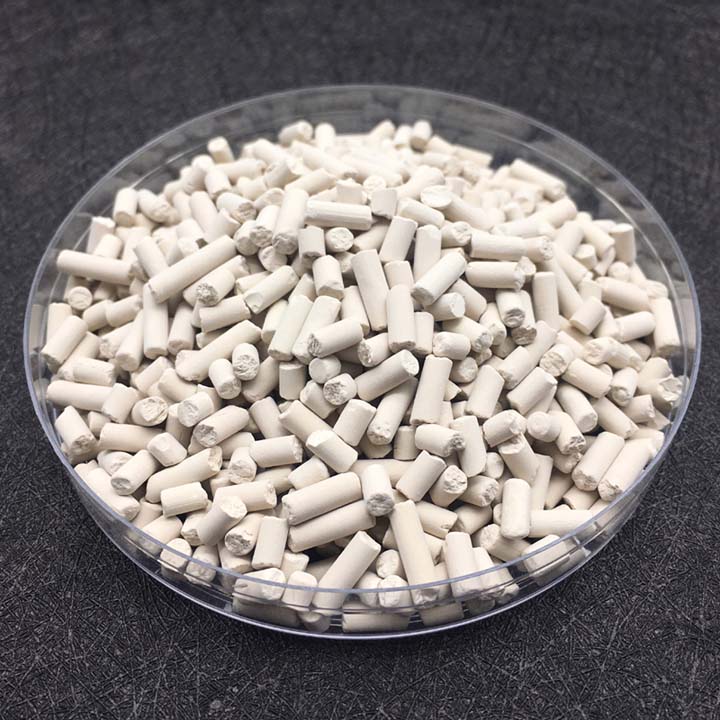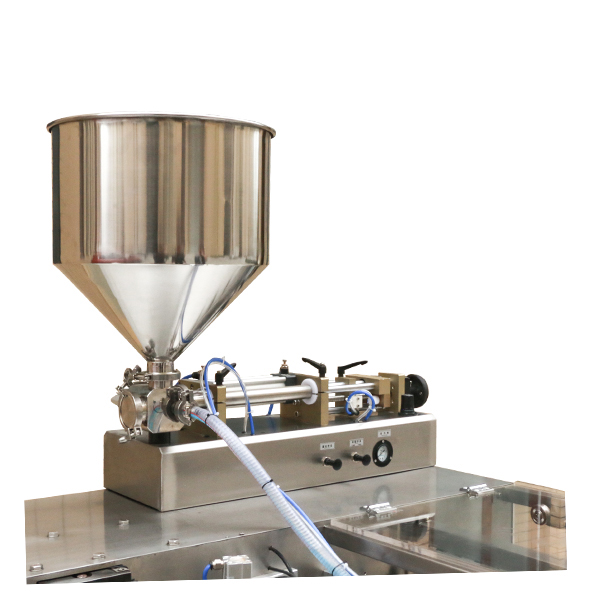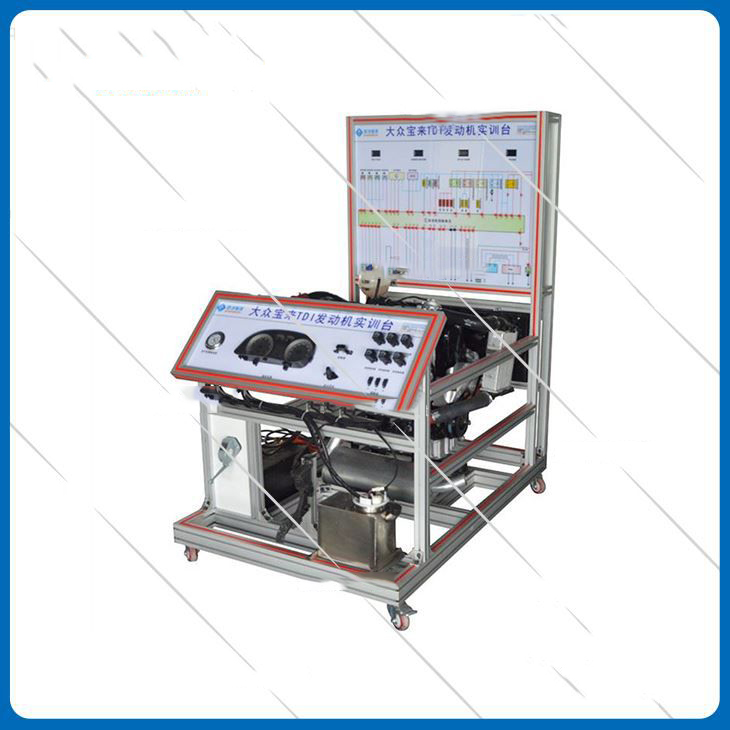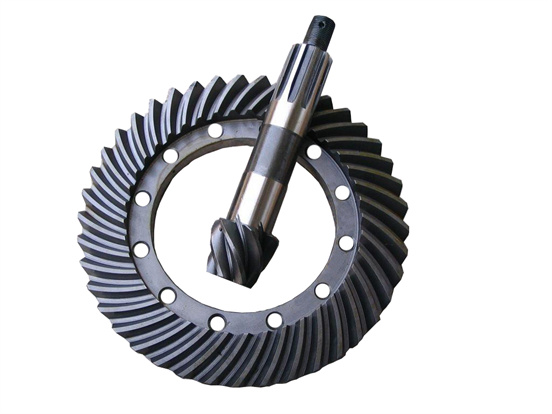The Flooring Expert
Forged Floating Ball Valve
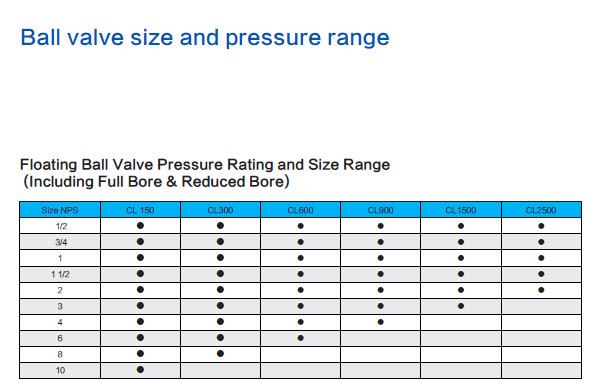
Design advantages for GZP Forged Floating BALL VALVE
● ①Fire safe, ②Antistatic, ③Anti-blowout stem, ④Pressure relief seat
● ⑤ Low fugitive emission packing. ⑥ Hand lever with locking device
Design of top connection for actuator:
● Bare shaft with ISO 5211 top flange (Yoke can round or squre according to clients request)
● Extended Stem and stem cover The stem extension can be available according to different installation requirement or cryogenic service.
● Actuator Available: Hand Lever, Gearbox, Pneumatical Actuator with Manual Operator, Electrical Actuator With SIL certificate
| Technical data | ||||||||
| Design | ASME B16.34, ISO 14313, ISO 10423, ISO 17292, API 6D, API 608 | |||||||
| Pressures range | ANSI 150 ~ANSI 1500 ,PN10~PN250 | |||||||
| Size range | 1/2"-12" / DN15~DN300 | |||||||
| Body Material | A105 | A350 LF2 | A182 F11 | A182 F22 | A182 F304 | A182 F316 | A182 F304L | A182 F316L |
| NACE MR-01-75/NACE MR-01-03 Special Requirements | ||||||||
| Face to face | ,EN 558,DIN3202, ANSI B16.10 | |||||||
| Fanged RF, FF, RTJ Ends | ASME B16.5 | |||||||
| DIN 2543-2545,EN1092-1 | ||||||||
| BW,SW, Threaded Ends | ,BS 2080, EN 12627, ANSI B16.11, ANSI B1.20 | |||||||
| Temperature range | -196°~ 650°C | |||||||
| Design feature | ||||||||
| Construction | One,Two or Three piece body and Welded body | |||||||
| Port | F B or R B | |||||||
| Ball Type | Floating ball and fixed ball | |||||||
| Stem | Blowout-proof stem | |||||||
| Seat Sealing | Front-seat sealing, Back-seat sealing, bi-directional sealing | |||||||
| Valve Operation | Gear,pneumatic,Hydraulic,Electric actuators. | |||||||
| By passes,locking devices,extended stem,etc | ||||||||
| Fire Safe | BS 6755, ISO 10497-5 | |||||||
| Other design | Anti-static design,automatic pressure relief design, emergency grease injection design, drain valve, anti-corrosion design, anti-sulfur design,etc | |||||||
| Inspection and Test | ||||||||
| Visual Inspection | MSS SP-55 | |||||||
| Material Inspection | PMI Test—-Chemical Analysis | |||||||
| HB Test—Hardness Test | ||||||||
| UT—Ultrasonic Test | ||||||||
| RT—Radio-graphic Test | ||||||||
| MT—Magnetic Test | ||||||||
| NDT Test Non-destructive | ||||||||
| Dimension inspection | According to drawings | |||||||
| Valve Inspection and Test | EN 12266,BS 5146 | |||||||
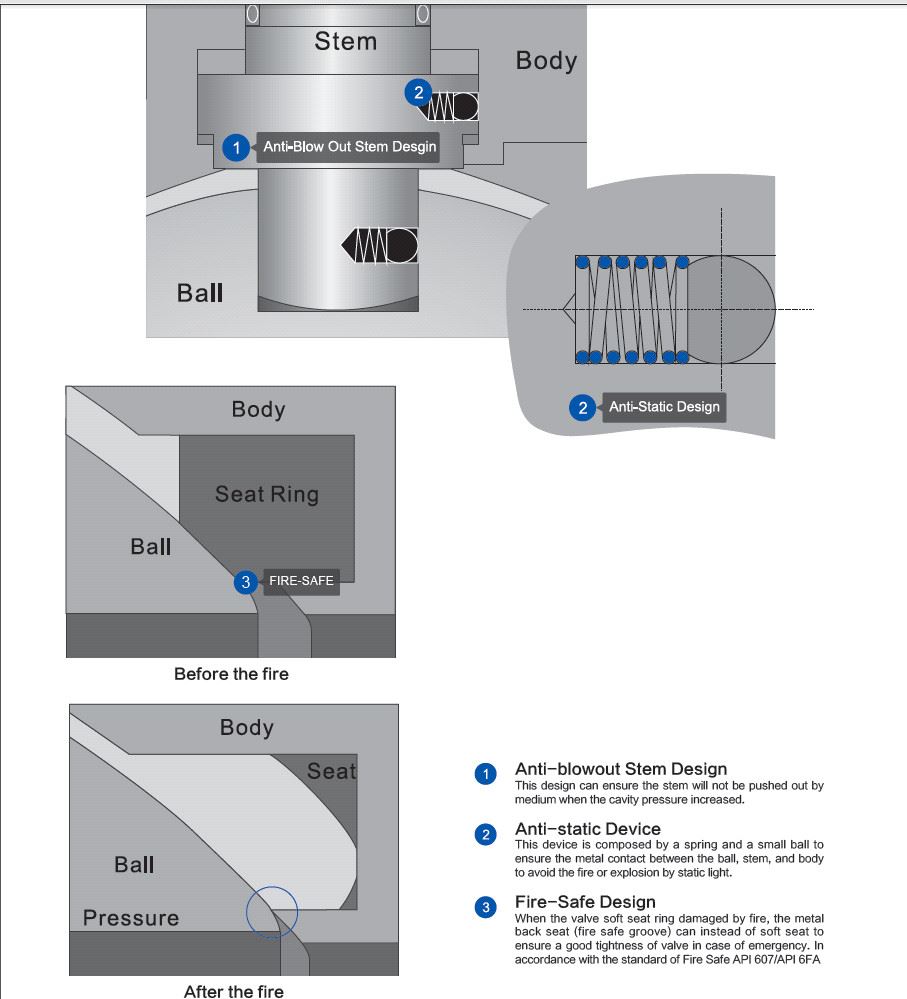
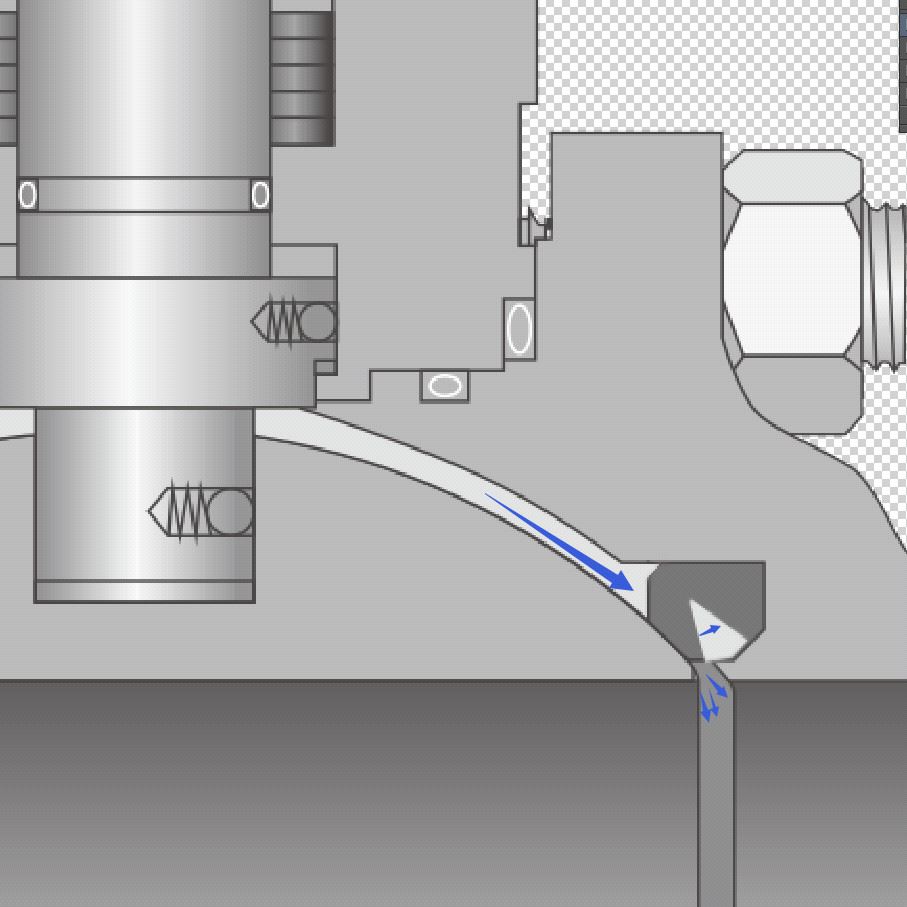
Cavity Pressure Relief Seat
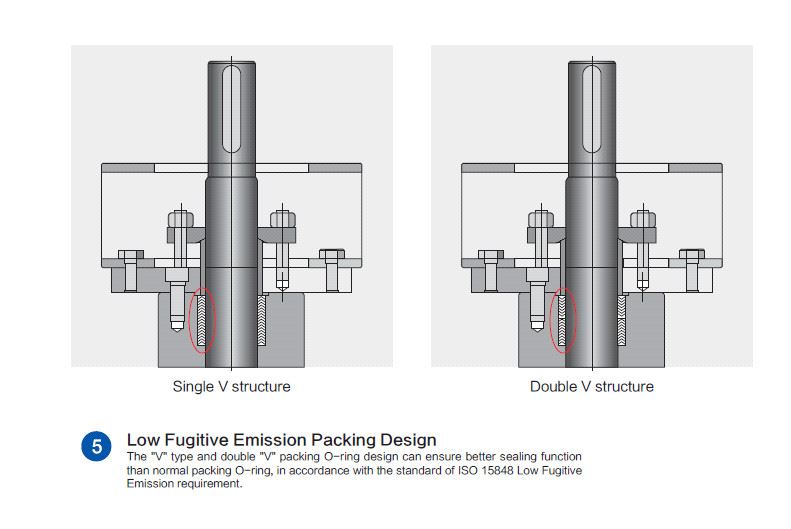
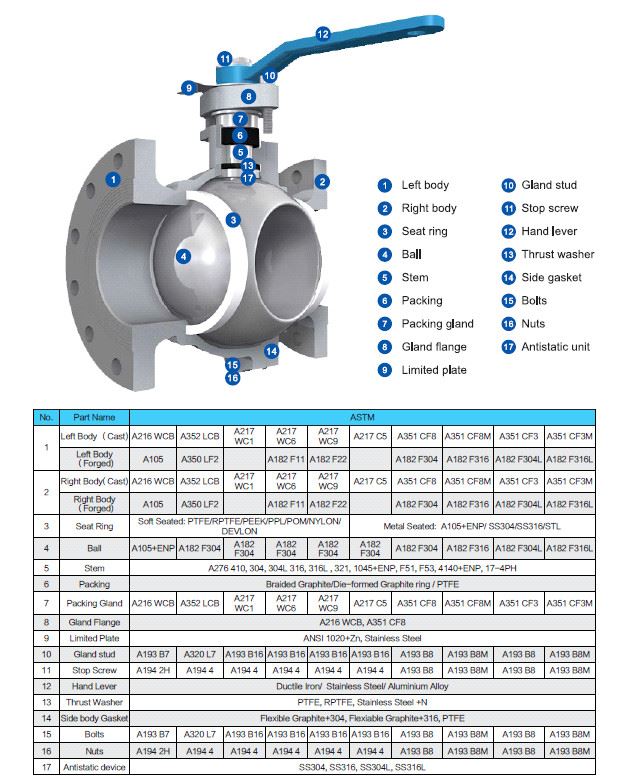
Valve body surface treatment including painting, Ni-P plating, Phosphating treatment etc.
There are five general body styles of ball valves: single body, three-piece body, split body, top entry, and welded. The difference is based on how the pieces of the valve—especially the forging that contains the ball Valve in two pieces or three pieces design. Body, ball, stem, seat ring are manufactured and assembled. The valve operation is the same in each case.
Body
The body of the floating ball valve houses all the moving parts. It may be a single unit or divided into different pieces. The body is designed to protect the working parts of the valve and make it easier to connect the valve to the pipeline. It is also the first pressure boundary of the valve. Floating ball valve body is usually made of carbon steel, stainless steel, low-temperature carbon steel, duplex, super duplex, inconel, and more.
Trim
The trim houses all the moving parts of a floating ball valve. These parts include the stem, ball, seats, and sleeves of the valve. The stem connects the actuator to the disk or ball. It is connected to a slot at the top of the ball and can move the ball to a quarter turn. Floating ball valves feature anti-blowout stems that can handle both medium and low temperatures. The disk in a floating ball valve is in the shape of a hollow ball. The hollow center of the ball is known as the bore. The ball is made of steel and has perforations on it for better sealing. It is connected to the stem on one end and has the ability to freely float in the valve. Floating ball valves feature two elastomeric seats. The seats have seal rings that provide tight shut-off when the valve is turned off and protect the seats against high-pressure when the valve is turned on.
Actuator
The actuator is what you use to open and close the valve. It is connected to the stem on one end so that when you move the actuator, the stem moves as well. Many kinds of actuators can be used with floating ball valves depending on the application and the medium. Some common types include bare stem, gear, hand lever, pneumatic actuator, hydraulic actuator, gas actuator, gas-over-oil actuator, motor-operated actuator, hydraulic/ electro actuator, hydraulic-operated actuator, and more.
